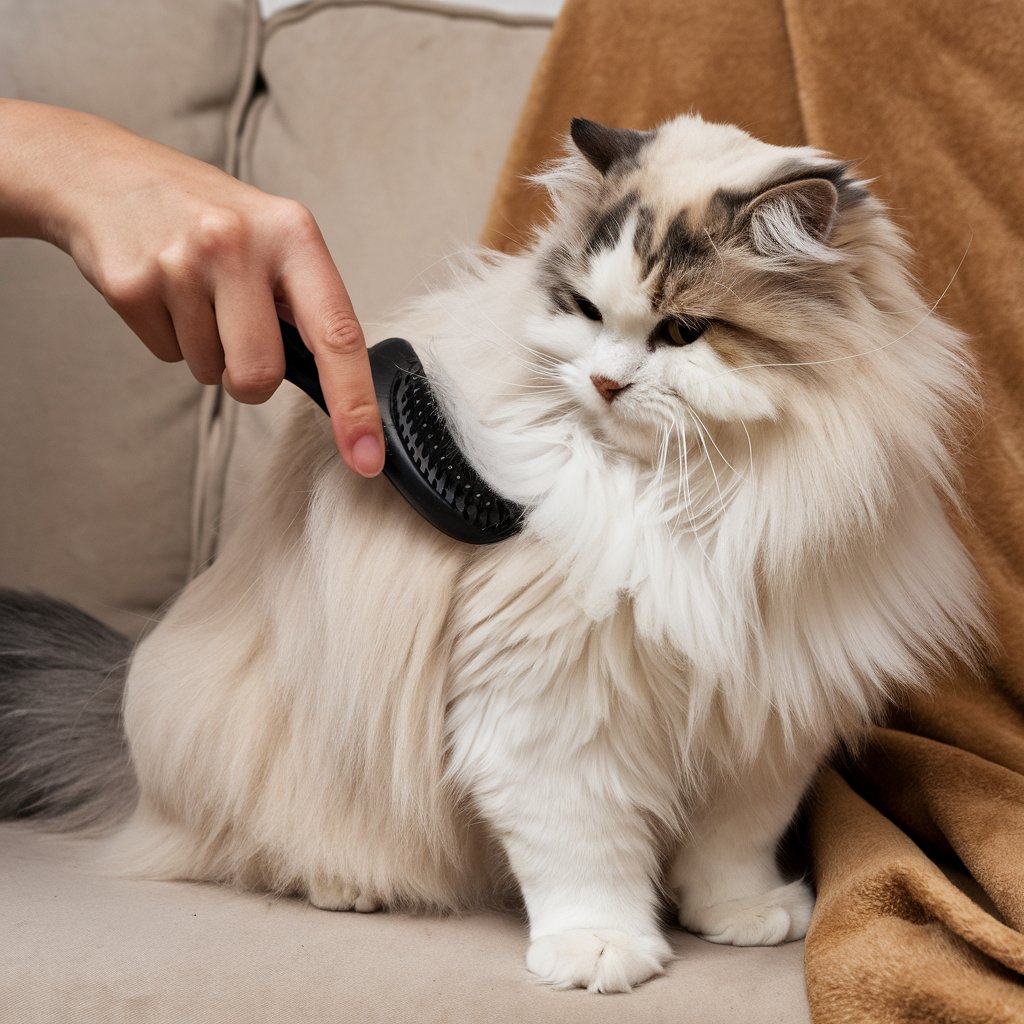Pet’s Safety in the Heat
Contents
Pet’s Safety in the Heat
Pet’s Safety in the Heat: A guide on keeping your pet cool in the heat.
Summer may be uncomfortable, if not deadly, for humans and animals.
Temperature rises are difficult enough without having to deal with high humidity. However, it becomes extremely challenging in communities hit twice by extreme heat and storm-related power disruptions, which can have tragic effects.
This summer, we can assist you in keeping your dogs safe and relaxed. Follow our advice to keep everyone in your family healthy during the summer.
Precautions for Summer Safety
NEVER LEAVE YOUR PETS IN A GARAGE.
Not even for a second! Not even while the engine is running and the air conditioner is turned on. Temperatures in a vehicle can quickly reach deadly levels on a hot day.
On an 85-degree day, a car with open windows can reach 102 degrees in 10 minutes.
The temperature had increased to 120 degrees after 30 minutes. Your pet could sustain irreparable organ damage or perhaps die.
Keep an eye on the humidity.
“It’s important to remember that not only ambient temperature but also humidity can affect your pet,” says Dr Barry Kellogg, VMD of the Humane Society Veterinary Medical Association.
“Animals pant to expel moisture from their lungs, which takes heat from their bodies.” When the humidity is too high, they can’t cool down, and their temperature quickly increases to deadly levels.
On hot days, limit your physical activity.
When exercising your pet, use caution. Adapt your exercise intensity and duration to the temperature.
Limit exercise to the early morning or late evening hours on sweltering days. Be especially cautious of pets with white ears, which are more prone to skin cancer, and short-nosed pets, who often have difficulty breathing.
Asphalt gets quite hot and might burn your pet’s paws, so if possible, walk your dog on grass. The consumption of water is critical to the maintenance of your companion dog’s overall health and wellbeing.
Heat affects pets differently than it does people. The feet of dogs are the primary route by which they perspire. And fans do not successfully chill pets as they do people.
Provide enough shelter and water.
If your pet spends time outside, ensure they are shaded from the sun and have access to plenty of fresh, cool water. If feasible, add ice to the water during heat waves.
Because they do not obstruct air circulation, shade trees and tarps are great. A doghouse will not assist with the heat; it will exacerbate it.
Keep your pet cool both inside and out.
Quickly make homemade doggie sundaes. Also, whether your pets are indoors or outside, always give water.
Use a cooling body wrap, vest, or mat to keep your pet cool indoors or out. Soak these items in chilly water for up to three days to keep them cool (typically dry).
Whether your dog does not dislike baths, see if he prefers a cold bath.
Check for indicators of heat exhaustion, such as dizziness or coma.
Extreme temperatures can lead to heat stroke. If you’re experiencing any of these symptoms of heat stroke, you’re in danger of suffering a heat-related illness.
Heat stroke is extremely dangerous in animals who are very old, young, overweight, not acclimated to continuous exercise, or have heart or respiratory illness.
Heat can be particularly tough for short-muzzled breeds such as Boxers and Shih Tzus, as well as other dogs and cats with narrow faces.
Here’s how to care for a pet suffering from heat exhaustion.
Take your pet outside or into an air-conditioned environment. Apply ice packs or cold towels to the pet’s head, neck, and chest, or run cool (not frigid) water over the animal.
Have it on hand. Take tiny sips of chilled water or lick ice cubes. Take them to a veterinarian right away.





This is such an important topic, especially as the summer months can be tough on our furry friends. I remember a few years ago when a friend of mine almost lost her dog after making the mistake of leaving him in the car for just a few minutes while she ran into a store. The temperature soared so quickly, and thankfully she returned in time, but it was a real eye-opener about how easily things can go wrong.
It’s so true how quickly things can turn when it comes to our pets, especially in warmer months. Your friend’s experience is a powerful reminder of how vigilant we need to be. Even on a seemingly mild day, temperatures inside a car can skyrocket in just a few minutes, putting our furry friends at serious risk.
It’s really eye-opening to hear stories like your friend’s. So many people underestimate how quickly temperatures can rise in a parked car, even with the windows cracked. That little bit of fresh air doesn’t do much when it comes to the heat. It’s a reminder that we often take for granted how different our environment can feel to our pets.
It’s great to hear your thoughts on this. That story with your friend really highlights the urgency of keeping our pets safe during the heat. It’s surprising how quickly the temperature can rise in a car, even on a seemingly mild day.
It’s great to hear your thoughts on this topic. The experience your friend had serves as a sobering reminder of just how quickly temperatures can rise in a car during the summer. Many people often underestimate the risks, thinking that just a few minutes in a parked car won’t be a problem. Unfortunately, the reality is quite different. According to various studies, the temperature inside a vehicle can escalate by as much as 20 degrees Fahrenheit in just 10 minutes on a warm day, making it extremely dangerous for our pets.
You’ve brought up such an important point. Many people underestimate how quickly temperatures can escalate inside a car. Even on a mildly warm day, the inside of a vehicle can heat up to dangerous levels in just a matter of minutes. Your friend’s experience is a stark reminder that it only takes a brief lapse in judgment for a serious situation to develop.
You’ve really nailed it with your observation about how quickly temperatures can rise inside a car. It’s surprising how many people don’t realize that even a day that doesn’t seem particularly hot can create a stifling sauna inside a vehicle. I always think back to the science behind it—those closed windows trap heat, and before you know it, the interior can be 20 to 30 degrees hotter than the outside temperature, sometimes even more in extreme conditions.
You’ve hit the nail on the head. It’s wild how quickly a car can turn into an oven, even when the outside temperature doesn’t seem that high. I’ve seen firsthand how just a few minutes can make a huge difference. It’s one of those things that truly reminds us how vigilant we need to be, especially during the warmer months.
It’s so true how quickly things can turn dangerous for our pets in just a few minutes. The story about your friend’s dog really illustrates the point well. Sometimes, we underestimate how fast temperatures can spike inside a car, even on days that don’t feel sweltering outside. I think a lot of pet owners might not realize that just a short errand can make a big difference when it comes to their furry companions.
You bring up a really important point about how quickly temperatures can rise in a car. It’s one of those things that seems obvious in hindsight, but many pet owners don’t think about it until it’s too late. My friend’s story was a real eye-opener, and it reminded me that even a quick trip to the store can turn into a potential disaster for our pets.
Your post raises such a critical issue about pet safety during those scorching summer months. It’s definitely something that I’ve become increasingly aware of, especially since bringing my dog Max into my life. There was one particular heatwave last summer where I really learned the importance of keeping him cool. I remember it was just a few degrees shy of 100, and I made the mistake of thinking a short trip to the store would be fine with him in the car. Just as I was about to leave, the memory of reading about how quickly temperatures can rise hit me like a ton of bricks. I ended up running back inside and leaving him at home instead – and I’ve never regretted that decision!
You’ve touched on such an important point about pet safety during heatwaves. It’s so easy to underestimate how quickly temperatures can rise in a car, even for a short trip. It sounds like that experience with Max really opened your eyes, and it’s great that you made the choice to leave him at home.
This is such an important reminder as summer temperatures rise. I remember one particularly hot day when I had to run a quick errand and debated leaving my dog in the car briefly. Thankfully, a friend reminded me how quickly temperatures can soar, even with the windows cracked. It really drove home the point that we can never be too careful.
It’s so important to shed light on the dangers of heat for our pets, and your post emphasizes this crucial issue beautifully. As someone who has a dog that loves the outdoors, I’m constantly on alert when those summer temperatures rise. I’ve learned that keeping my pet hydrated and finding shady spots during walks make a significant difference.
The concerns raised in your blog post regarding pet safety during extreme heat are incredibly pertinent, especially as climate patterns become more unpredictable and severe. It’s shocking to realize how quickly temperatures in a vehicle can soar to lethal levels, even with the windows cracked. This situation underscores the importance of community awareness about not just our own safety but that of our pets as well.
You raise an essential point about the rapid temperature rise inside vehicles. It’s surprising how quickly a seemingly manageable situation can become dangerous. With the windows cracked, it might seem like a small relief, but the temperature inside can still spike to fatal levels in a matter of minutes.
Your insights on pet safety during the summer heat are particularly timely, especially as we are witnessing increasingly high temperatures and the perilous effects they can have on our furry companions. The statistic you mentioned about how rapidly car temperatures can rise is indeed alarming and serves as a crucial reminder for pet owners. Even what may seem like a brief errand can endanger our pets’ lives, and it’s a lesson that cannot be emphasized enough.